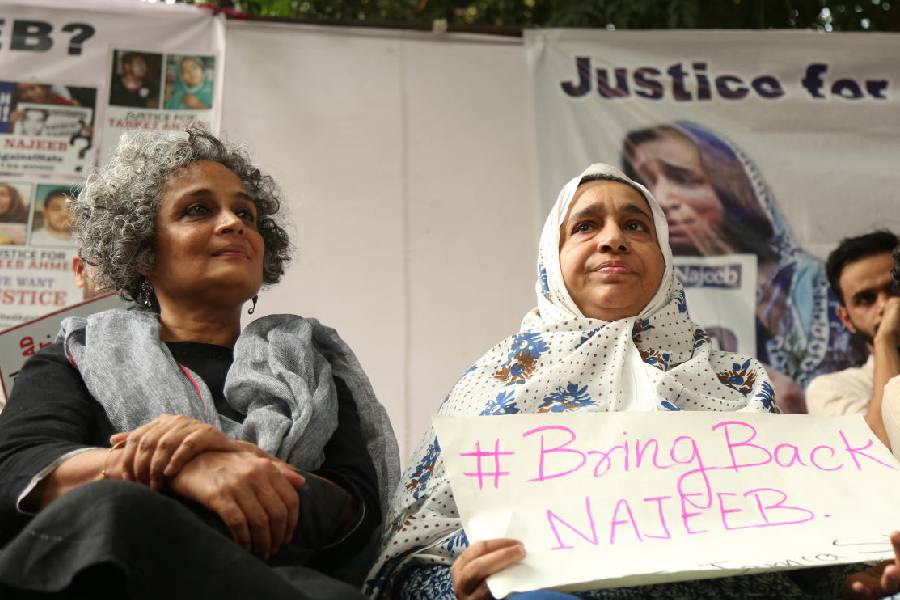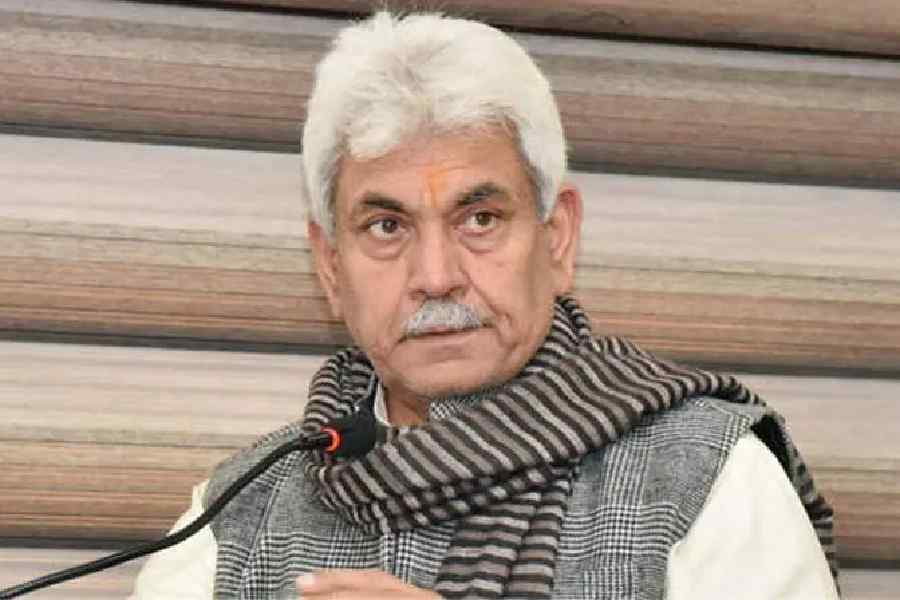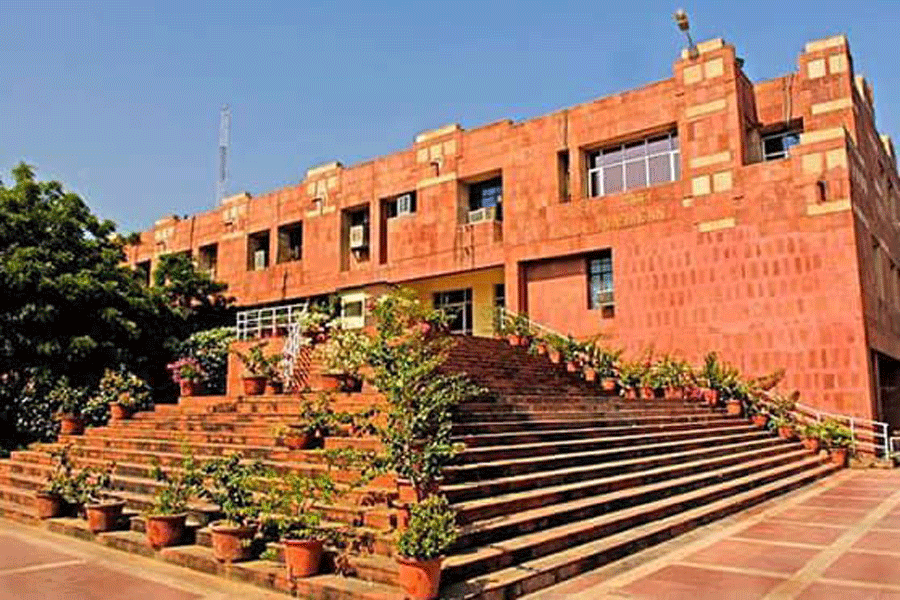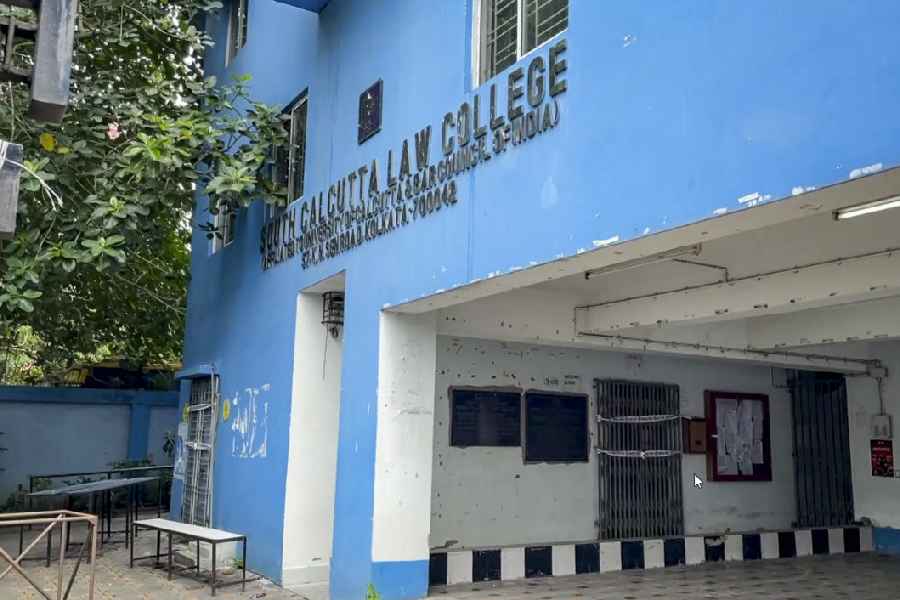 |
| File picture of a tea garden in north Bengal |
Siliguri, Jan. 2: Tea Board of India has decided to launch a pilot project in three estates of north Bengal before satellite mapping tea gardens across the country.
“The pilot project will focus on three tea estates of north Bengal. Experts from Indian Space Research Organisation (Isro) and Indian Institute of Technology (IIT), Kharagpur, will visit the region to identify the gardens and they are expected to start their work by this month,” G. Boriah, the director (tea development) of the Tea Board told The Telegraph over phone from Calcutta today. “After they submit the project report and it is assessed, the task of nationwide mapping will start.”
Officials at the Tea Board’s office in Siliguri confirmed that they have received instructions regarding the project and have even selected estates like Motidhar and Ort, both located in the Terai belt, a few kilometres from Bagdogra, for it.
“Acting on their specifications, we have selected a couple of gardens in the Terai. However, until the experts arrive and take a look, we cannot say for certain that the pilot project will take off at these estates,” said Amal Roy Choudhury, the deputy director (plantations) posted at the Tea Board’s Siliguri office. “In case they choose any other estate, we are there to help them.”
Last year, the Tea Board had announced that it would implement the project with technical assistance from Isro and IIT. The idea of satellite mapping emerged from the need to have a clear picture of the present status of every tea estate and small tea plantations in the country.
“Using satellite images, a database will be built up containing details of the tea belts in Bengal, Assam, Tamil Nadu and Kerala. The comprehensive mapping will also help us to work on specific locations in future,” Boriah said.
“It is certain that once the Tea Board and the government have the satellite maps, which would be updated on a regular basis, they can base their future plans on the available data,” Boriah said.
The selection of estates for the pilot project, said Tea Board officials, would not be arbitrary. “The experts have asked for three different kinds of tea estates: one should have a thick canopy (that is, high density of shade trees), the second should have a comparatively low density of such trees and the third should be almost bare,” an official said.










